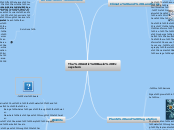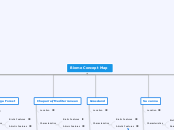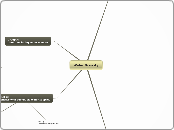jonka Milton Shyann 6 vuotta sitten
304
Arctic Basin
The Arctic Basin is characterized by a cold and dry climate, predominantly composed of icebergs and icesheets. The ecosystem is sparse in terms of vegetation due to the extreme conditions, with limited species of flowering plants and algae growing under the ice.









